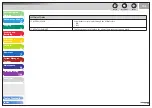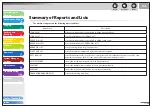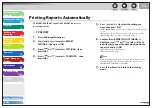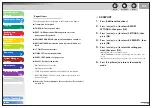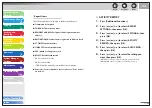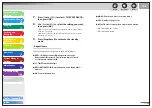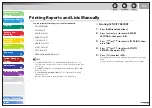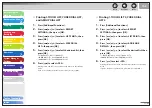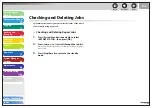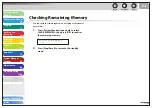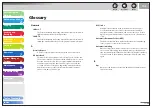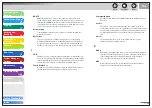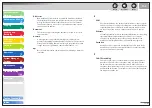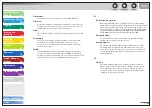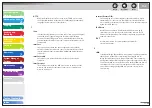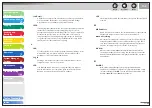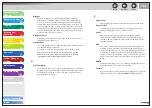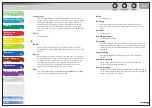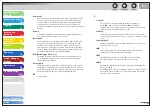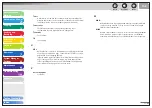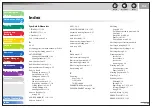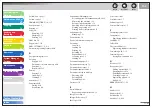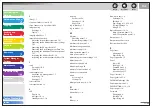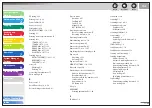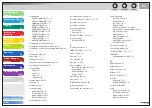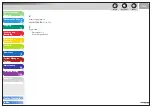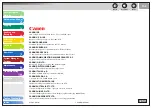
1
2
3
4
5
6
7
8
9
10
11
Back
Next
Previous
TOP
11-59
Before Using the
Machine
Document and Paper
Copying
Sending and
Receiving
Printing and
Scanning
Network
Remote UI
System Manager
Settings
Maintenance
Troubleshooting
Appendix
Index
Table of Contents
HTTP
Hypertext Transfer Protocol. The client-server TCP/IP protocol used
on the World Wide Web for the transfer of HTML (Hypertext Markup
Language) documents across the Internet.
I
I-fax
I-fax (Internet fax) enables you to send and receive a scanned original
converted to TIFF (Tagged Image File Format) or PDF (Portable
Document Format) image data as an e-mail attachment to/from any
I-fax compatible facsimile or personal computer with Internet e-mail
functionality.
Interface
The connection between two devices that makes it possible for
them to communicate with each other. The machine features a USB
interface, which makes it compatible with IBM and similar personal
computers.
Interface cable
The cable used to create the interface between a printer and a
computer.
Interface port
The machine comes with one USB port, located on the back of the
machine. You attach the cable that connects your computer and
machine to this port.
Internet Protocol (IP)
The underlying set of networking rules that describes how data is
transmitted across the Internet. Internet Protocol allows data from
one computer to be split into packets to be sent to another computer
with a specific IP address.
IP address
Internet Protocol address. A 32-bit numeric address used by IP
(internet protocol) to specify a computer on the Internet. The IP
address is usually written as four numbers separated by periods. An
example is 128.121.4.5.
ITU-T
A committee created to set international standards for
telecommunications.
J
JBIG
Joint Bi-level Image Experts Group. An experts group file specification
that defines a standard for compressing (reducing the size of )
image files without any loss in image information. Files containing
photographic images in Web pages are generally compressed so they
can be transferred across the Internet more quickly. JPEG, the format
currently used, causes some loss in image data after compression,
and so reduces image quality. JBIG compression overcomes this
shortcoming.

